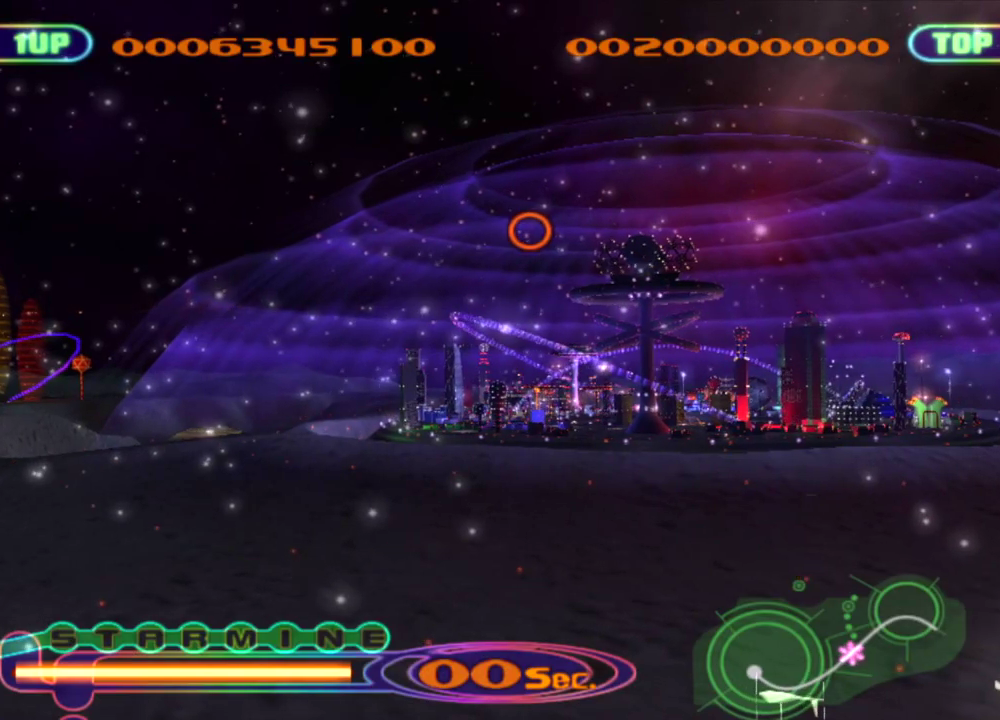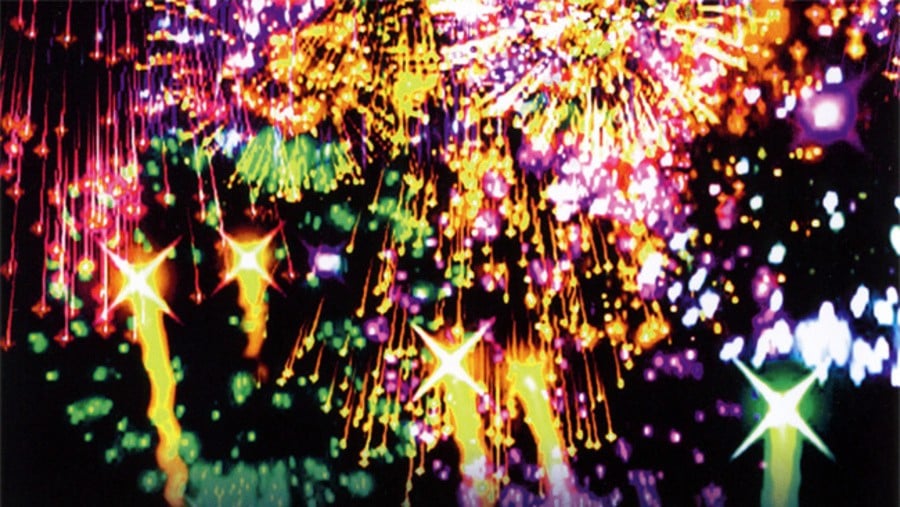

When I’m playing Fantavision 202X, I’m not thinking about the tech at all. During most of my playthrough, I was thinking more about the tech than the world I was in as I had to constantly tweak my calibration settings to get it right. Its fast-paced combat is especially a struggle, as messy controller tracking can make it difficult to dodge, swap weapons, craft ammo, and more on the fly. Its tactile climbing is a highlight, focusing on natural hand movements, but its more complicated systems can be a headache. It’s a fun experience, but one that can be sloppy at times. Image used with permission by copyright holderĬontrast that with Horizon Call of the Mountain, which tries to cram a full-on PlayStation game into a headset. It’s an ideal VR game in just about every way. Gameplay is easy to execute with motion controls, and its slow-moving levels won’t leave you running for a barf bag. The arcade nature of it makes it easy to play in short sessions, as it doesn’t demand that players stay strapped into a tight headset too long. However, it’s a shining example of what kinds of games truly work in VR. With its sparse feature set, Fantavision 202X is a modest package. That level of depth was never possible on a flat TV, but the experience is much more dynamic here it feels like Fantavision was always meant to be a VR game.

I can see individual strands zipping past me, putting me in the actual center of the show. When I trigger a Starmine bonus round, colorful explosions shoot out right in front of my eyes. VR makes those spaces much more immersive, as I actually feel like I’m flying through the night rather than following a camera panning through a background.Īnd of course, the firework display itself turns into a spectacle in 2D space. Early levels take players on a guided tour over a city, but levels quickly get a little weirder as the fireworks show moves to outer space. Each stage takes place over a skyline that the camera slowly moves through on rails. While the visuals aren’t terribly detailed, that’s another area where the tech is a natural fit. Image used with permission by copyright holder When I’m in my flow state, I feel like a conductor crafting a visual symphony with my own hands. That tactile element is enough to entirely change the psychology of the core Fantavision experience. Controls are much more natural with PSVR2, as players can freely move their hands with the Sense controllers to highlight colors. When playing on a TV, flares are connected by moving the joysticks around, which always felt a little stilted in the original. However, it’s a completely different experience in VR. Its $30 price tag seems a little high considering how slim the package is. Fantavision 202X can be played without a headset, but you’d get pretty much the exact same experience that way as you would simply playing the original on PlayStation Plus.
#Fantavision tropes ps2#
Even its simple visuals are a bit of a throwback to the PS2 era. The new version is almost identical to the original, from its eight-stage single-player setup to its virtually unchanged gameplay. I’ve already found myself chasing its Platinum trophy as I work toward its various milestones. There’s an immense satisfaction that comes from getting a combo over 100 or detonating an enormous chain that lights up the entire screen. The sequel includes a set of very clear tutorials that have significantly improved my skill. When I first played the PS2 version, I understood the basic matching system, but couldn’t fully grasp its “daisy chain” system. It’s the definition of an “easy to learn, hard to master” game.

Explosions will set off flares of the same color too, so there’s a lot of extra strategy in when to detonate, as that can keep a chain going. Advanced strategies require players to create massive flare chains by looping a new color with neutral “wild” flares and items. Match three flares of the same color up, press a button to set them off, and watch them light up a city skyline. It’s a level-based puzzle game where players have to match colorful flares as they shoot up into the night sky and detonate them to create a fireworks display. Never break the chainįantavision 202X isn’t so much an evolution of its predecessor as it is a VR remake. It’s a prime example of what kinds of games thrive in VR, standing in bright contrast to more ambitious projects that have struggled to replicate a full-on console experience in a headset.

Cosmo Machia has taken a somewhat average puzzle game and made the best version of it without changing much at all. What stands out most about Fantavision 202X, though, is how much it’s quietly enhanced by VR.


 0 kommentar(er)
0 kommentar(er)
